In mid-April, on the 15th, the company Huawei held a presentation of its new smartphones in London, focusing on Huawei P8. Since then, I have been using the P8 as my primary smartphone and preparing a review (slowly) on it. The material will be released after the May holidays, but I'm ready to talk about the main interesting features of the new device from the Chinese company, so let's start without a long preface.
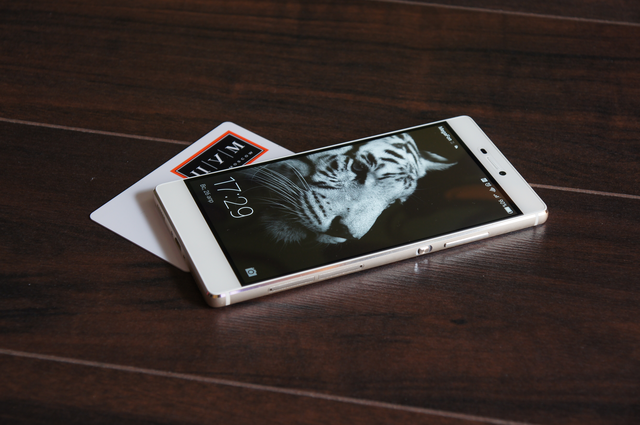
On the one hand, the design Huawei P8 can hardly be called original or anything bright and recognizable, it is a typical thin bar of aluminum and glass on the front panel, without chips and peculiarities. On the other hand, the way Huawei disposed of the space on the front panel and packed all the components into the case is a matter of respect. Thin bezels on the left and right, moderate margins at the top and bottom, as a result, the display takes up almost 80 percent (78.3) of the front panel area. At the same time, for a smartphone with a 5.2 'screen diagonal, the body turned out to be moderately wide, 72.1 mm, according to this parameter, the P8 is located not far from one of the reference five-inch smartphones in terms of grip comfort – Xiaomi Mi 4 with a body width (68.5). So it is very comfortable to hold the device with one hand, as well as to use it. Moreover, the engineers Huawei managed to fit a good camera with optical stabilization into the body so that there are no convex parts and elements on the 'back' of the smartphone.
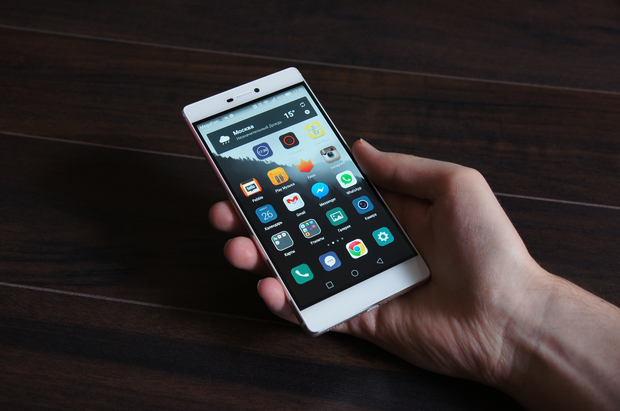
By the way, about the camera. The resolution of the main module is 13 megapixels, there is optical stabilization (OIS), as I said above, as well as a new RGBW sensor, where the fourth color is added to the three basic colors – white. According to representatives of the company, this solution allows you to improve the quality of images in poor lighting conditions and, in general, to receive frames with more natural color reproduction. I can't say that in practice you can see the operation of this sensor, the pictures are just good, but, perhaps, in future firmwares its strengths will be revealed more fully. However, even without the apparent benefit of the RGBW sensor, I personally liked the camera in the new Huawei P8, but I can't say that the smartphone produces amazing quality pictures, that's another matter.
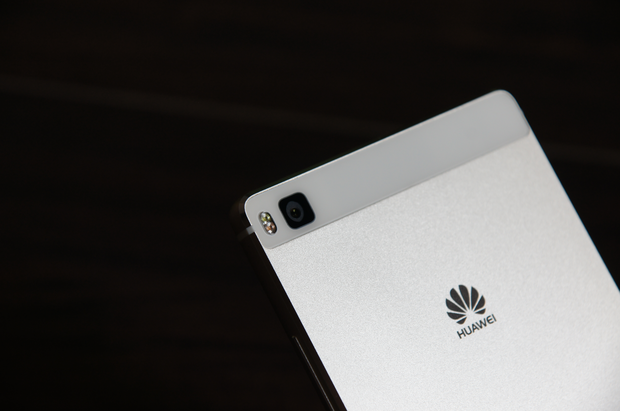
The camera is universal, it shoots well with a lack of light, OIS allows you to take good shots of those moments that you would not be able to capture on a smartphone without stabilization (you would get blurry shots), on a sunny day, the shots are just excellent, and at night – quite acceptable quality. It is important that the camera is very fast, you can launch it in a second directly from the lock screen or by double pressing the volume button (down). In general, the camera in the P8 resembles Apple iPhone – there are a minimum of unnecessary settings, and it is proposed to take pictures in the 'auto' mode, in which the sensor produces really good quality in a variety of conditions. The front-facing 8 megapixel camera is also not bad, I can't say that it gives out gorgeous 'selfies', but this is a decent level, and the lack of sharpness in some situations is compensated by the high resolution of photos.
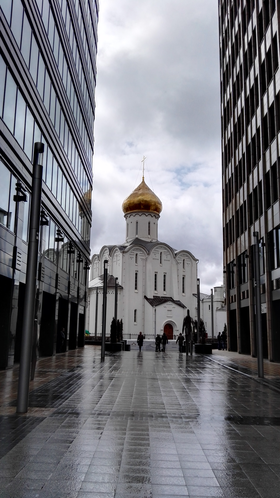

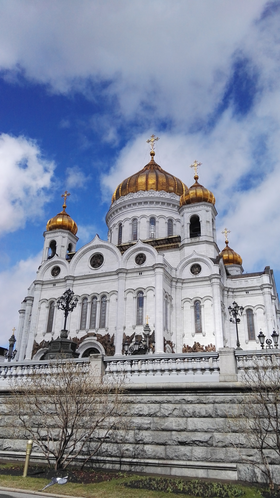
Now about the cons. The smartphone is thin, compact, very fast and powerful, with a good camera, an excellent screen and a battery with a capacity of only 2680 mAh. The device lacks this capacity catastrophically, overnight with only one network turned on, no Wi-Fi, no GPS, without Bluetooth my Huawei P8 is discharged by 50-60%. That is, I leave the device with 100 charge and in the morning before the trip I need to charge it from 40-50 percent, comments are unnecessary. I hope that there is some kind of flaw in the firmware and with the next updates the programmers Huawei will fix this problem, when the device literally devours the battery while the smartphone is just lying on the table. When you are not using the device, the P8 will drain quickly as well. On average, my device shuts down by the middle of the day, fortunately, I'm already used to carrying an external battery with me, but it's still unpleasant to see such a picture.
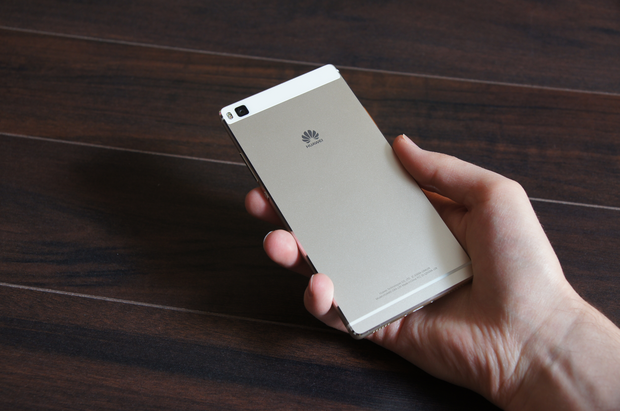
The second drawback is already subjective, but I want to tell you about it, its name is EMUI. The very idea of a proprietary shell is excellent, moreover, its implementation from the point of view of features and features Huawei also did not disappoint. There are many detailed settings and useful things here: show the network speed, show or hide the operator's name, change the location of the navigation buttons at the bottom of the screen, customizable do not disturb mode, and so on. But! EMUI does not provide a single theme with basic application icons, as far as I understand. And to make sure I was right, I shoveled about 4 GB of themes for all versions of EMUI for stock icons. What do I mean by 'stock icons'? This is when you, by installing Instagram or WhatsApp, will see the same program icon that is displayed for it in Google Play, that is, conceived by the developers. In EMUI, about half of the programs turn out to be with changed icons, this in no way affects the objective usability of the smartphone, but it infuriates incredibly, at least for me. I hope, sooner or later, in Huawei they will come to the same logical solution that they already came to in Lenovo and will give users the opportunity to choose between a proprietary shell and a clean interface Android.
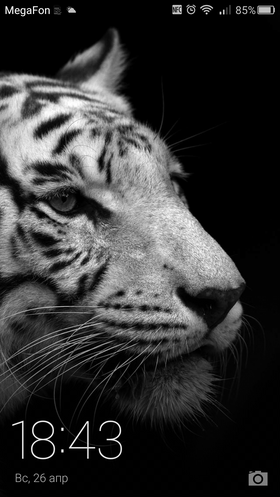

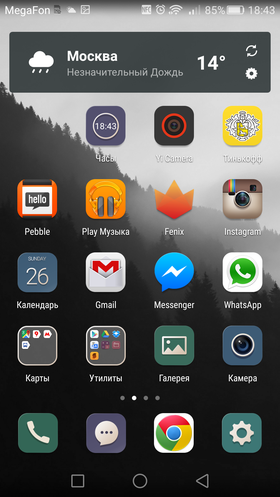
Of course, this disadvantage cannot be considered as serious, so the smartphone can only be presented with a short operating time, which does not make it much worse, because the rest of the device is very balanced.
